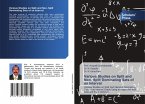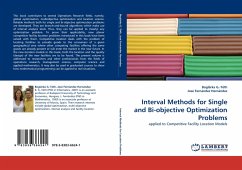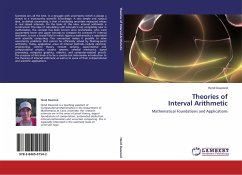In mathematics, a (real) interval is a set of real numbers with the property that any number that lies between two numbers in the set is also included in the set. For example, the set of all numbers x satisfying 0 le x le 1 is an interval which contains 0 and 1, as well as all numbers between them. Other examples of intervals are the set of all real numbers R, the set of all negative real numbers, and the empty set. In fact, intervals are meaningful in any (totally or partially) ordered set, not just in the reals; so one can have intervals of rational numbers, integers, computer-representable floating point numbers, or subsets of a set (ordered by inclusion), for example. Real intervals play an important role in the theory of integration, because they are the simplest sets whose "size" or "measure" or "length" is easy to define. The concept of measure can then be extended to more complicated sets of real numbers, leading to the Borel measure and eventually to the Lebesgue measure.
Bitte wählen Sie Ihr Anliegen aus.
Rechnungen
Retourenschein anfordern
Bestellstatus
Storno








